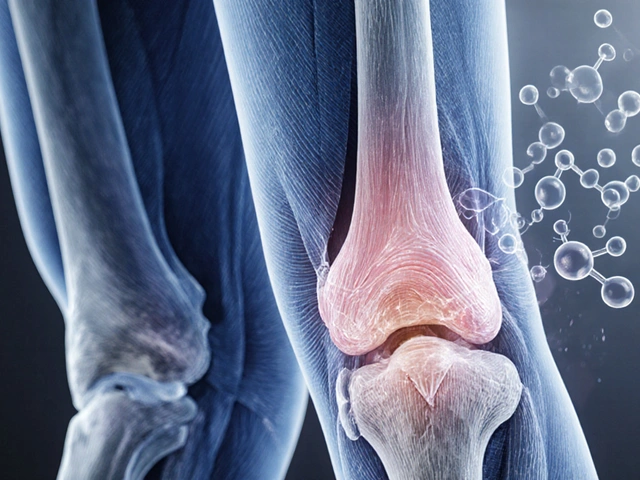Occupational Health: Real‑World Tips You Can Use Today
Ever wonder why some workplaces feel safer than others? It often comes down to simple habits and solid information. Occupational health isn’t just a buzzword – it’s the everyday steps you take to stay safe, avoid injury, and keep your body ready for the job. Below you’ll get straight‑forward advice you can start using right now.
Why occupational health matters for every worker
When you skip a quick stretch, lift a box the wrong way, or ignore a warning sign, the risk of injury spikes. A minor slip can turn into weeks off work, lost pay, and medical bills. Good occupational health practices cut those risks, boost productivity, and make the job feel less stressful. Think of it as a personal safety plan you build over time.
Most injuries happen because of predictable mistakes – lifting too heavy, staying in one position too long, or missing protective gear. By spotting these patterns early, you can fix them before they become costly. That’s why a clear, practical guide matters more than a long list of rules.
Top resources you can trust
Our site curates evidence‑based info on meds, supplements, and workplace hazards. Need to know how a medication might affect your alertness on the job? We break down common drugs, side‑effects, and safety tips in plain language. Looking for a checklist for safe stretching before a shift? We’ve got a step‑by‑step routine you can print and post in the break room.
Here are three quick actions you can take today:
- Do a 2‑minute stretch before you start heavy lifting – focus on shoulders, back, and wrists.
- Check your eyewear if you work with dust or chemicals – a clean pair reduces eye irritation and long‑term damage.
- Review medication warnings – some pain relievers can cause drowsiness, so plan breaks or avoid operating machinery when needed.
Each tip is backed by clinical data we simplify for you. No jargon, just what you need to keep moving safely.
Beyond these basics, we dive into specific topics like:
- How to handle shift work fatigue and maintain steady performance.
- What to do if you suspect a workplace chemical exposure.
- Safe ways to manage chronic conditions such as arthritis while on the job.
All articles follow our Advice, Guidance & Dosage (AGD) framework, so you get a quick overview, clear dosage or usage tips, and practical steps you can act on today.
Remember, occupational health is a habit, not a one‑time checklist. Keep revisiting our guides whenever your role changes, you start a new medication, or you notice a new workplace hazard. Small, consistent actions add up to big safety gains.
Ready to make your workday safer? Browse our tag page, pick the guide that matches your need, and start applying the advice now. Your health at work is worth the effort – and we’ve made it easy to stay on top of it.

Workplace HIV Testing: Why Offering It Benefits Employees
Discover how workplace HIV-1/2 testing boosts employee health, reduces stigma, saves costs, and meets legal standards. Learn steps to implement a successful program.
Sep 22 2025




